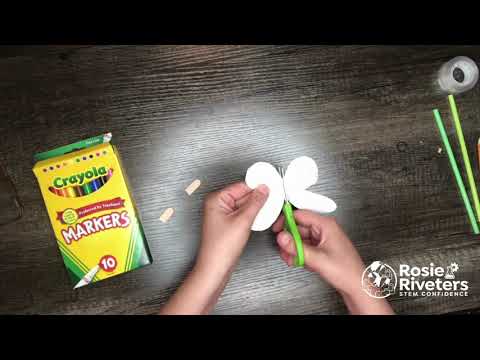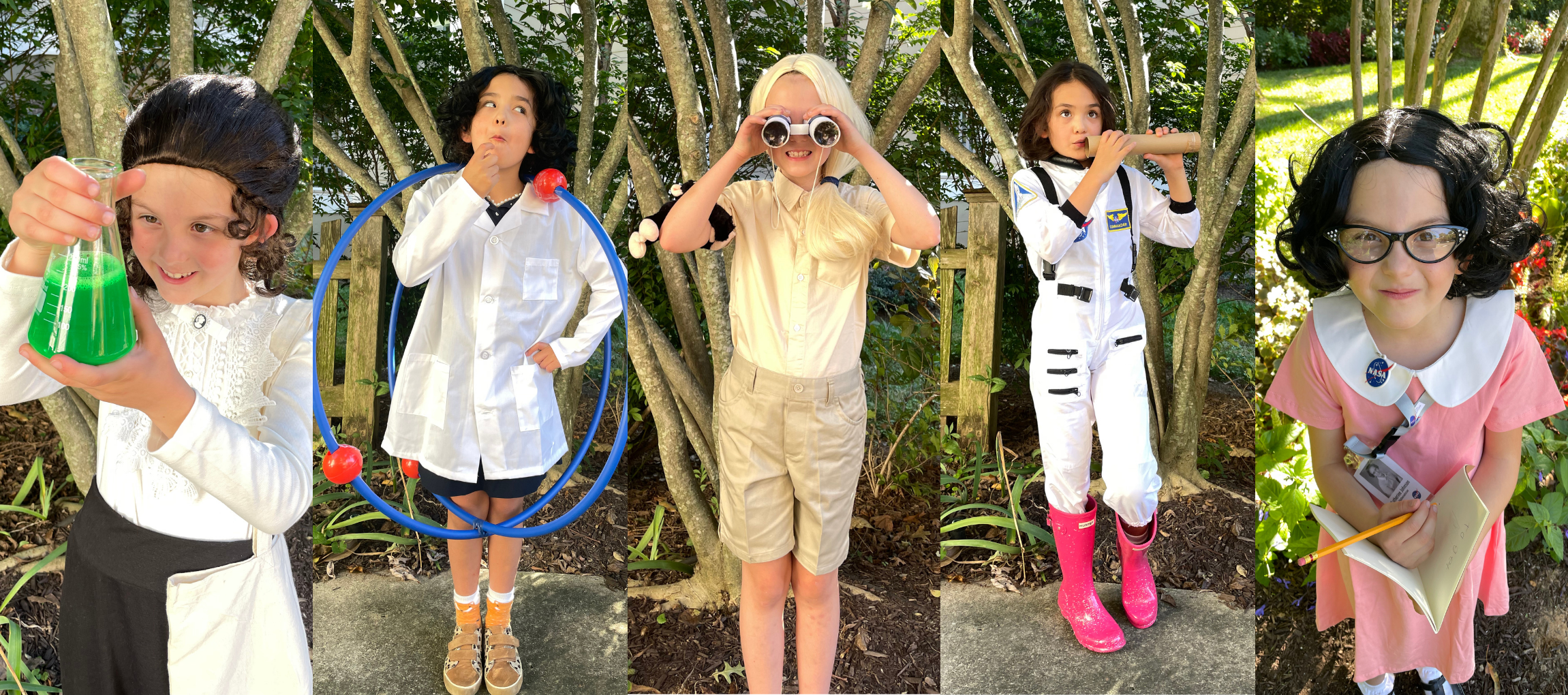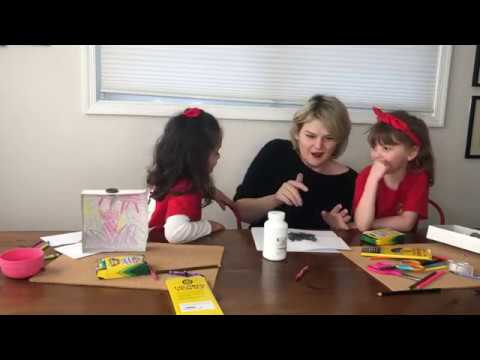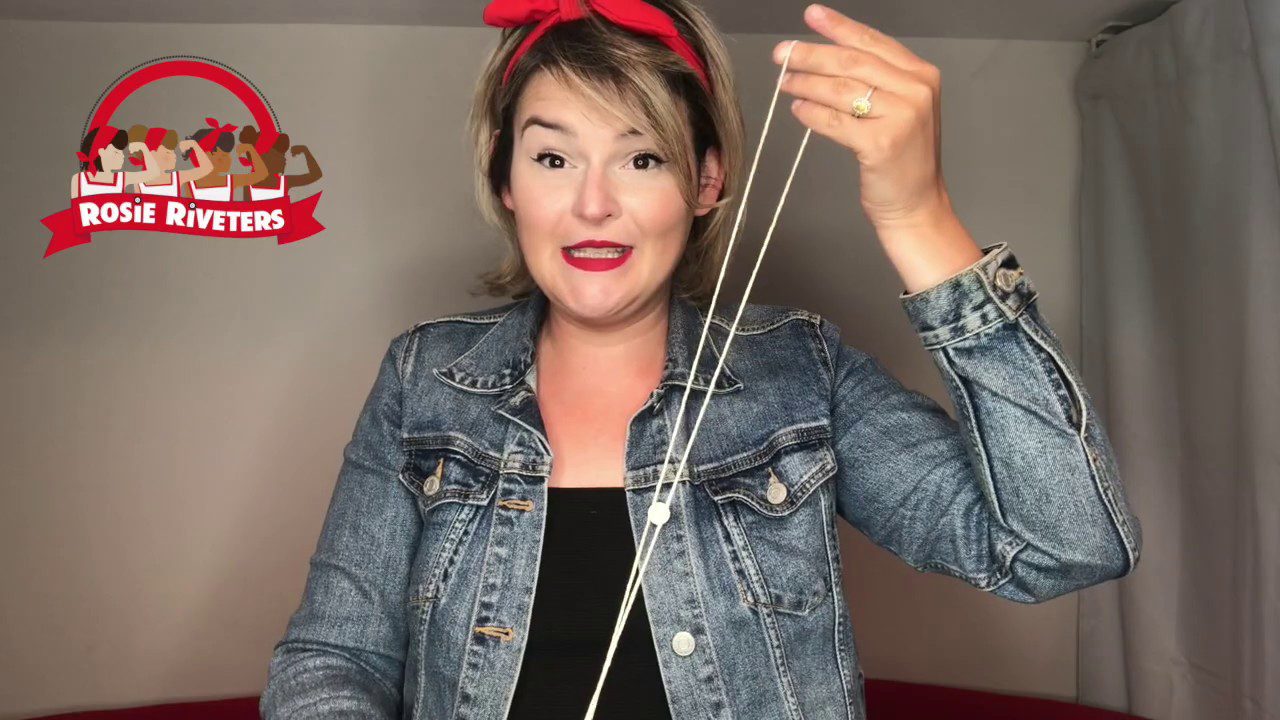In this Rosie Labs guide you will find:
- Productive struggle opportunities for students during their project build,
- Lesson objectives and concept overview,
- Step-by-step instructions, visual build guide, and video of the Rosie Riveters’ Kinetic Butterflies project,
- Class Lesson Slides (optional)
- Student Build Guide
- Optional STEM activities to further explore the objectives and concepts used in the project build.
Objective
Students are introduced to the concept of energy and use materials to build a butterfly that is propelled by a rubber band.
Concept Overview and Experiment Inspiration
Energy is the ability to do work. Energy comes from all sorts of sources, such as the sun, wind, petroleum, and the muscles inside our bodies.
One way scientists talk about energy is with the terms kinetic and potential. Objects have kinetic energy if they are moving. Objects that are not moving or working but could move or work if released have potential energy.
Potential energy is all around us, but it can be a bit harder to spot. An object can store energy as the result of its position. One easy way for students to spot potential energy is when an object is in a high position and has the capacity to move (ie, fall to the ground). An apple sitting at the edge of a high shelf has potential energy to fall to the ground. A dam that is holding back water has the potential energy to flow, or move, when the dam is released. If an object is sitting on the ground, like a soccer ball, it still has potential energy because someone could come kick the ball. When an object has the ability to change it’s ability to work, or it’s movement, it has potential energy.
Potential energy can also exist in the material of an object. Elastic material, like a bow and arrow, or a diving board, store potential energy. The pulling, elastic property of these materials, when released, change into kinetic energy. The rubber band for our butterfly project is a great example. The potential energy stored by twisting the rubber band in your kinetic butterfly helps to build the potential energy, storing your butterfly in the book helps to store that potential energy until you’re ready to release it and convert the potential energy into kinetic energy. The same experiment would not work with, for example, a piece of yarn instead of a rubber band.
Science Goals
- Energy is the ability to do work. Energy makes matter move and can take on different forms.
- Potential energy is the stored amount of energy in something that has the capacity to transform into kinetic energy, or moving energy.
- Potential energy is all around us in our everyday lives. The state or position the object is in, such as water being held by a damn, or the material of the object, like a rubber band, are examples of potential energy in our everyday lives.
Vocabulary
- energy – the ability or power to make matter move or do work.
- kinetic energy – moving energy
- potential energy – the stored energy an object has because of its position or the state it is in.




